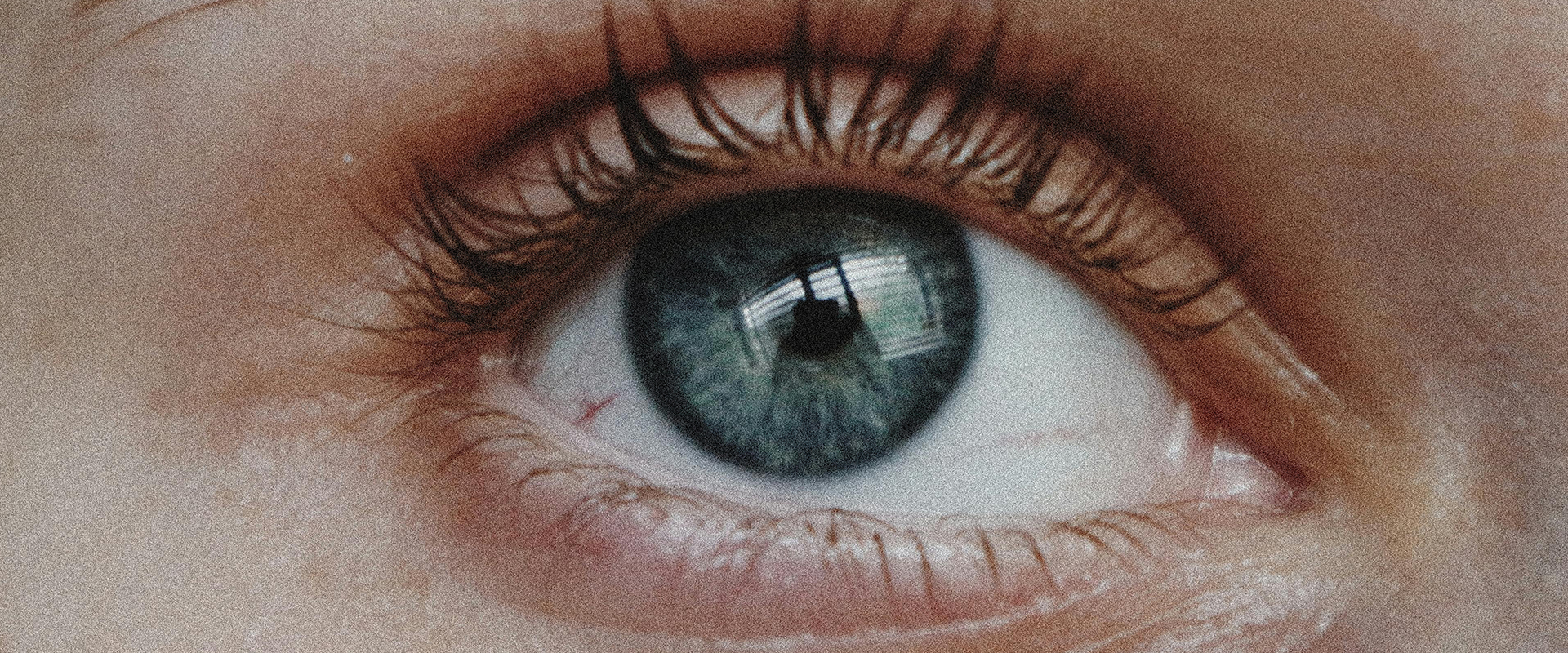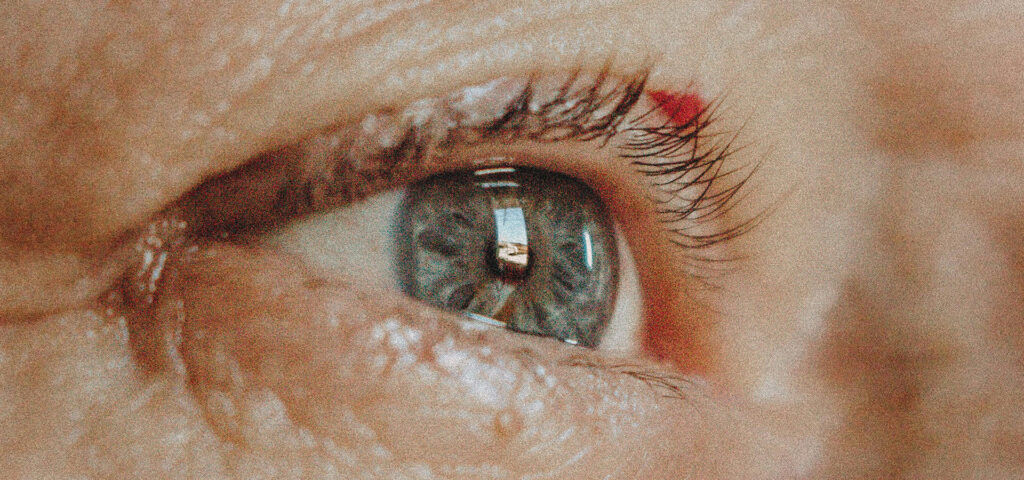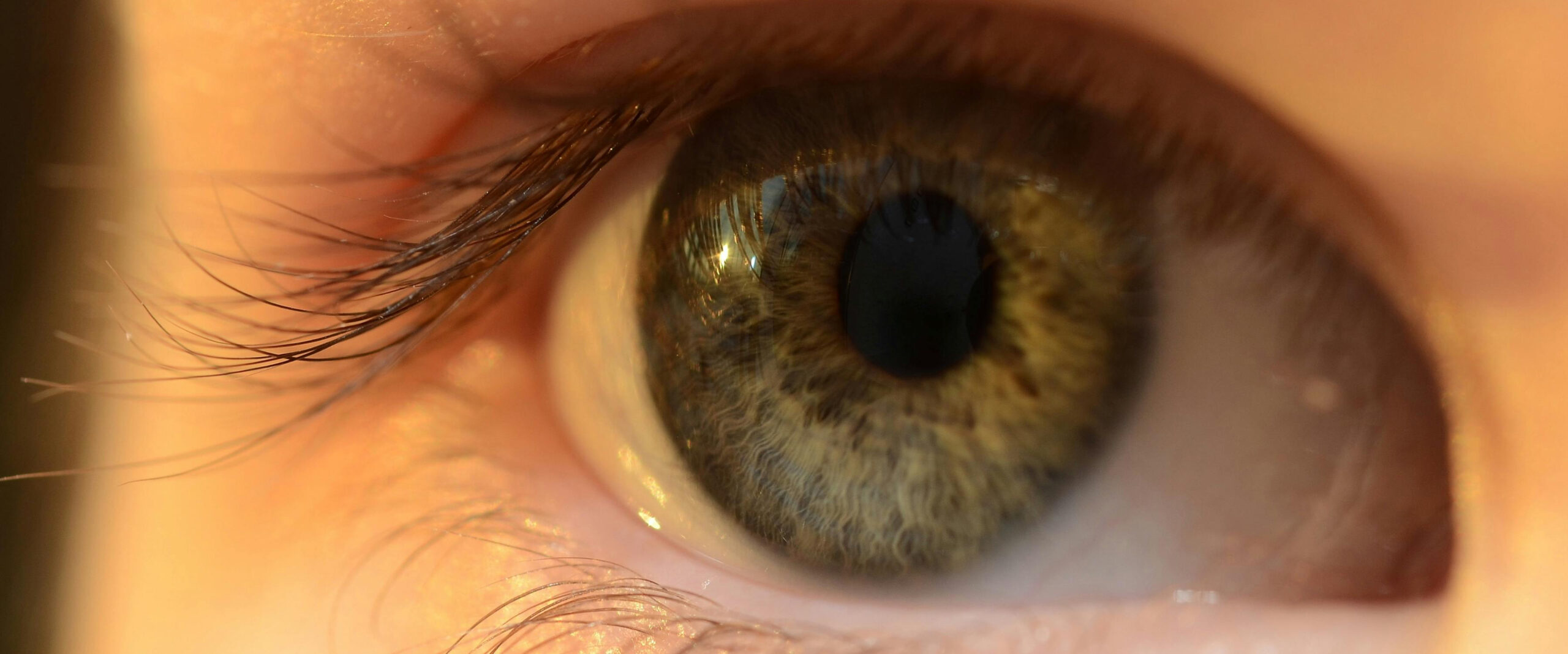
Grey Eyes: A Rare and Enigmatic Beauty
Yes, grey eyes do exist, though they are incredibly rare. Only about 1% of the global population has this captivating eye color. Grey eyes are often mistaken for blue, but those who have them possess a unique and striking look. In Ancient Greece, they were considered a symbol of wisdom, and even today, people with grey eyes exude a mysterious charm.
Are you one of the lucky few with grey eyes, or do you know someone who is? Understanding the rarity and genetics behind this eye color can shed light on just how special they are.
What Determines the Color of Your Eyes?
The color of your eyes is primarily determined by the amount of melanin in the iris, a brown pigment that also affects your skin and hair. People with dark eyes have (like brown eyes) more melanin, while those with blue, green, amber, hazel eyes and grey eyes have less.
The iris has two layers: grey eyes have very little melanin in the front but a dark brown pigment in the back. Collagen fibers in the iris scatter light, which gives grey eyes their cloudy, light appearance. The effect is similar to how the sky looks grey on a cloudy day, rather than the deep blue of a clear one.
.

How Rare Are Grey Eyes?
Grey eyes are extremely rare, with fewer than 3% of the world’s population possessing them. There are different types of eye colour throughout the world, and a very small percentage of people have purple eyes as well. They are most commonly found in people of European descent, particularly those from Northern and Eastern Europe. If you’re from a country like Norway, Finland, or Iceland, you’re more likely to encounter someone with grey eyes. However, in regions like Asia and Africa, grey eyes are among the rarest of eye colors.
Genetics and the Recessive Nature of Eye Color
The genetics behind eye color are more complex than just one dominant and one recessive gene. Dark eyes are typically dominant, while lighter eyes, like blue and grey, are recessive. For a child to have grey eyes, both parents must carry the gene for light-colored eyes, even if they don’t have grey eyes themselves.

Grey Eyes and Sensitivity to Light
If you have grey eyes, you’re more sensitive to light than those with darker eyes. This is because less melanin means less protection against UV rays and high-energy visible (HEV) blue light. People with grey eyes are more susceptible to conditions like age-related macular degeneration (AMD) and ocular melanoma, a rare eye cancer.
Why Do Grey Eyes Change Color?
Depending on lighting, grey eyes can appear to change color, sometimes looking blue or even green. This is due to the way light interacts with the collagen in the iris. Grey eyes come in many shades, including smoky grey, steel grey, icy grey, blue-grey, green-grey, and even grey with hints of hazel.
Grey Eyes vs. Blue and Green Eyes: Key Differences
While grey eyes are often mistaken for blue, they have distinct differences. Both colors have low melanin levels, but the collagen fibers in grey eyes scatter light differently, leading to their distinctive cloudy, muted appearance. In contrast, blue eyes tend to have a more vibrant, saturated color.
When compared to green eyes, the difference is more pronounced. Green eyes have slightly more melanin than grey eyes and often exhibit yellowish-brown pigments known as lipochrome, giving them their characteristic green hue.

Light sensitivity is greater in individuals with grey eyes?
During the absorption of light by melanin pigment, your eyes are protected from damage caused by ultraviolet light and high energy visible (HEV) blue light. It has been discussed previously that people with lighter eyes have little or no melanin in the front part of their iris. The result is that they tend to be susceptible to damage caused by ultraviolet rays due to their sensitivity to bright light.
When you have been exposed to the sun for a long period of time, you may be more likely to develop certain health issues, such as ocular melanoma (a rare type of eye cancer) and age-related macular degeneration (AMD), which can lead to the loss of sight. AMD is more likely to develop in individuals with grey eyes. If you have this type of eye color, we strongly recommend that you take extra precautions. Wearing appropriate eyewear at all times is always a good idea. As a matter of fact, it is very important to ensure that your sunglasses provide 100% protection from UVA and UVB rays.
We offer a wide range of sunglasses tints that provide reliable protection. There are several types of tints available, such as dark tints, gradient tints, and polarised sunglasses. Additionally, we offer light intelligent lenses that can be converted from clear glasses inside to sunglasses outside when they are exposed to bright sunlight.
In reality, regardless of the colour of your eyes, you should give top priority to your eye health. Ensure that you have regular eye examinations and that your prescription is current. As a result, you will be able to identify any eye or health conditions early on.
How can I determine which glasses are appropriate for my eye colour?
Whether they are grey, silver, or blue-coloured glasses, grey eyes will appear more attractive when viewed through glasses. Additionally, bright colours such as pink, yellow, red, and orange are well suited to match them. A bold pattern such as tortoiseshell works exceptionally well with grey eyes due to their neutral appearance, providing a good foundation on which to build.

